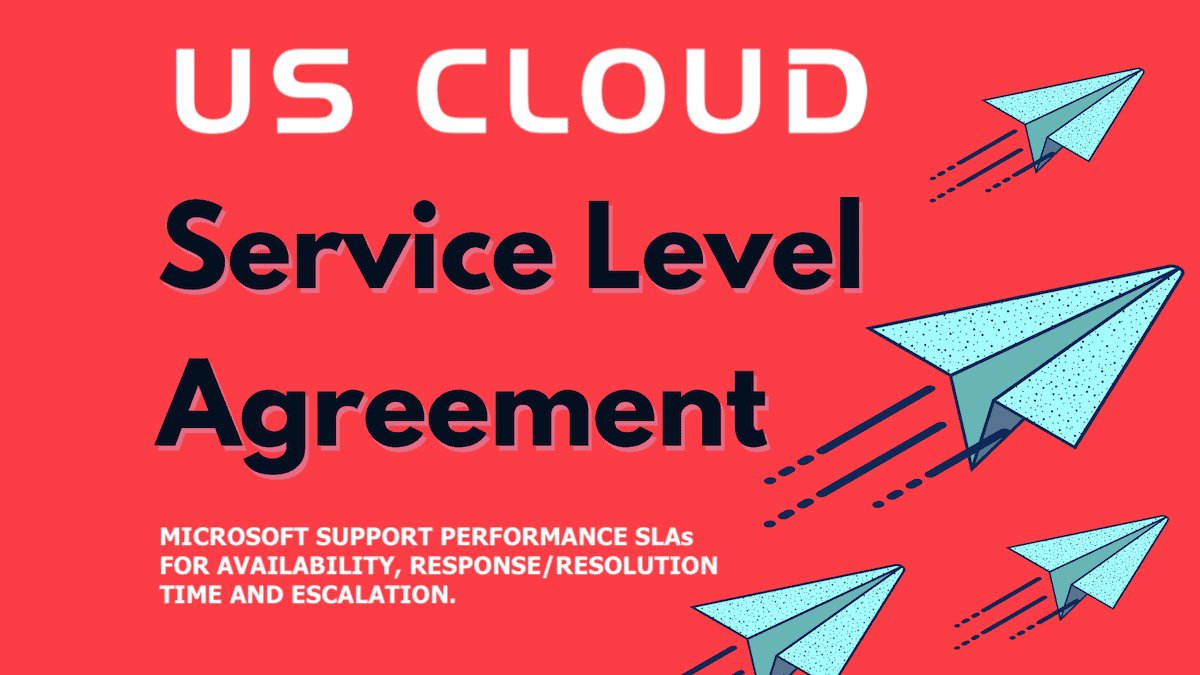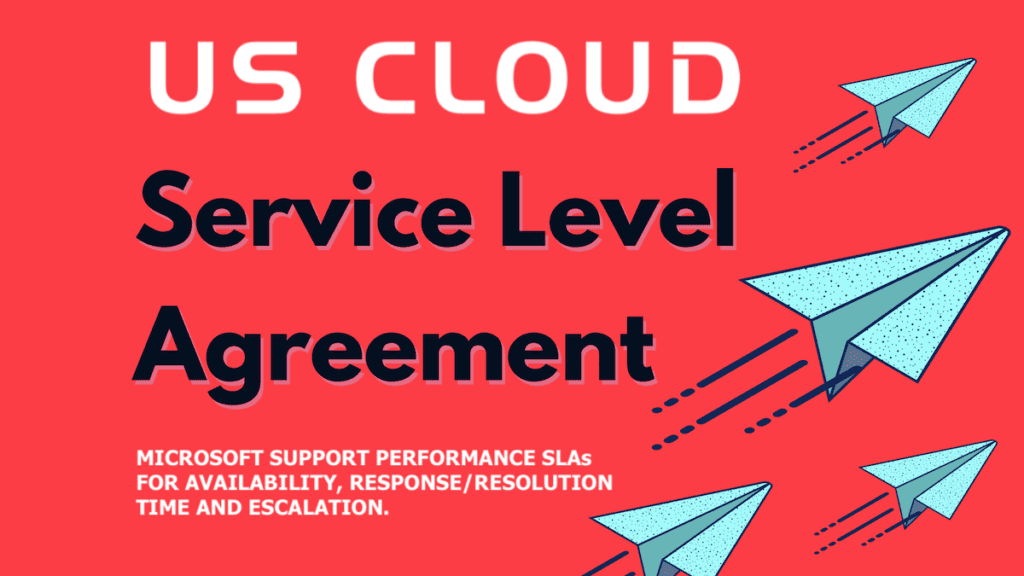
What service level agreements (SLAs) are offered by alternative Microsoft support providers?.
SERVICE QUALITY AND COVERAGE

What are the service level agreements (SLAs) offered by alternative Microsoft support providers?
It’s crucial to thoroughly assess individual vendors to understand their SLA details as they directly impact the support experience you receive.
Here’s a breakdown of what to look for:
Key SLA Components
- Response time: This determines how quickly the provider acknowledges your support ticket and begins addressing the issue. Look for guaranteed response times with clear definitions of severity levels and corresponding response targets.
- Resolution time: This specifies the average time it takes to resolve your ticket completely. Analyze whether resolution times align with your needs and how they compare to other providers and Microsoft itself.
- First call resolution: This indicates the percentage of issues resolved during the initial contact. Aim for providers with high first call resolution rates, implying efficient problem-solving abilities.
- Service availability: This defines the guaranteed uptime or accessibility of the support service itself. Ensure it meets your organization’s needs for consistent support access.
- Credits or penalties: Check if the provider offers service credits or financial penalties for failing to meet agreed-upon SLAs. This incentivizes them to uphold their commitments.
Additional Considerations
- Scope of coverage: Verify which Microsoft products and services the SLA covers explicitly. Ensure your specific needs are included.
- Escalation procedures: Understand the protocol for escalating unresolved issues to Microsoft, if necessary. Look for clear escalation paths and timelines.
- Reporting and monitoring: Inquire about reporting mechanisms to track SLA performance and gain insights into service quality.
- Customization options: Explore if the provider allows tailoring SLAs to meet your unique requirements and risk tolerance.
Examples of Alternative Provider SLAs
- US Cloud: Boasts 15-minute guaranteed response time for all tickets, claims 25% faster resolution times than Microsoft, 99.99% service availability, and emphasizes 100% US-based engineers.
Remember, don’t solely rely on marketing claims, and critically evaluate the actual SLAs offered by each provider. Compare them to your specific needs, benchmark against Microsoft’s offerings, and conduct independent research to make an informed decision.
Here are more details on common elements often included in the SLAs of alternative Microsoft support providers:
Response Time
– Guaranteed Response Times: Many alternative providers offer guaranteed response times that can range from less than an hour to within a few hours for high-severity issues, significantly faster than some of the response times offered in Microsoft’s own SLAs. These guarantees are often tiered based on the severity of the issue reported.
Resolution Time
– Targeted Resolution Times: While harder to guarantee due to the nature of technical issues, some SLAs may include targeted resolution times or at least outline a process for prioritizing and escalating issues to work towards resolution as quickly as possible.
Availability
– 24/7 Support: Many alternative providers offer 24/7 support for critical issues, ensuring that businesses can get help outside of standard business hours, which is crucial for organizations operating globally or in critical industries.
Support Channels
– Multiple Channels: SLAs often specify the available support channels (e.g., phone, email, web portal) and the service levels associated with each, providing customers with clear expectations on how they can interact with the support team.
Service Credits
– Compensation for Missed SLAs: Some alternative providers include clauses for service credits if the SLA is not met, offering a form of compensation for service levels that fall below the agreed standards.
Escalation Procedures
– Defined Escalation Paths: Good SLAs define clear escalation paths for resolving issues that cannot be addressed within the expected timeframes, ensuring that customers know how their issues will be escalated if necessary.
Monitoring and Reporting
– Performance Reporting: Providers may offer regular reports on their performance against SLAs, including response times, resolution rates, and customer satisfaction scores, ensuring transparency in the service provided.
Customization and Flexibility
– Tailored SLAs: Some alternative providers offer the ability to customize SLAs to fit the specific needs of a business, which can be a significant advantage for organizations with unique requirements.
When evaluating alternative Microsoft support providers, it’s essential to carefully review the SLAs to ensure they align with your organization’s needs, particularly in terms of response and resolution times, availability, and support channels. Additionally, understanding the mechanisms in place for addressing SLA failures (like service credits or escalation procedures) is crucial for managing the partnership effectively.

